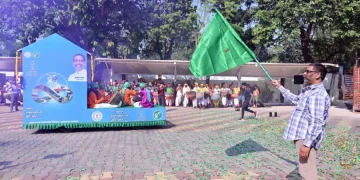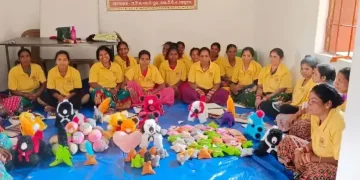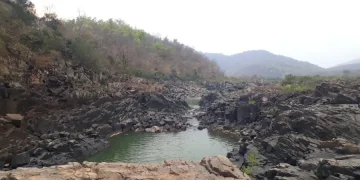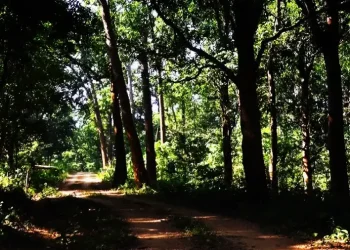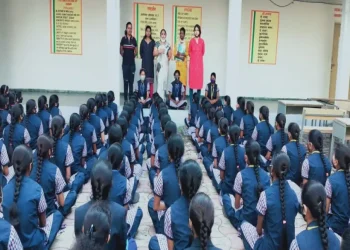The Gujarat Government has re-launched the Krushi Vaividhyakaran Scheme 2022-23, “dedicated to tribal farmers”.
The agricultural scheme is clearly aimed at wooing the tribal voters as Chief Minister Bhupendra Patel intends to reach out to 1.23 lakh tribal farmers in 14 tribal districts.
The scheme, as the name suggests – Krushi Vaividhyakaran — literally means Agriculture Diversification. It is aimed at the upcoming monsoon or Kharif season.
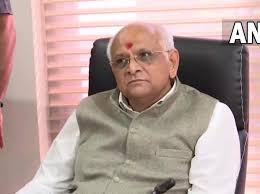
“The State government’s intention is to make farming diversified and sustainable by increasing farm income of tribal farmers living in the over 400-km long tribal belt – Ambaji to Umargam,” said the Chief Minister after virtually starting the distribution of fertilizer-seed kits from Gandhinagar, under the scheme.
“Maize seeds and fertilizer kits will be distributed to about 75,000 tribal farmers in seven districts of North and Central Gujarat. Improved vegetable seed fertilizer kits will be distributed to approximately 48000 beneficiaries in 7 districts of South Gujarat,” said a senior official with the State Tribal Development Department.
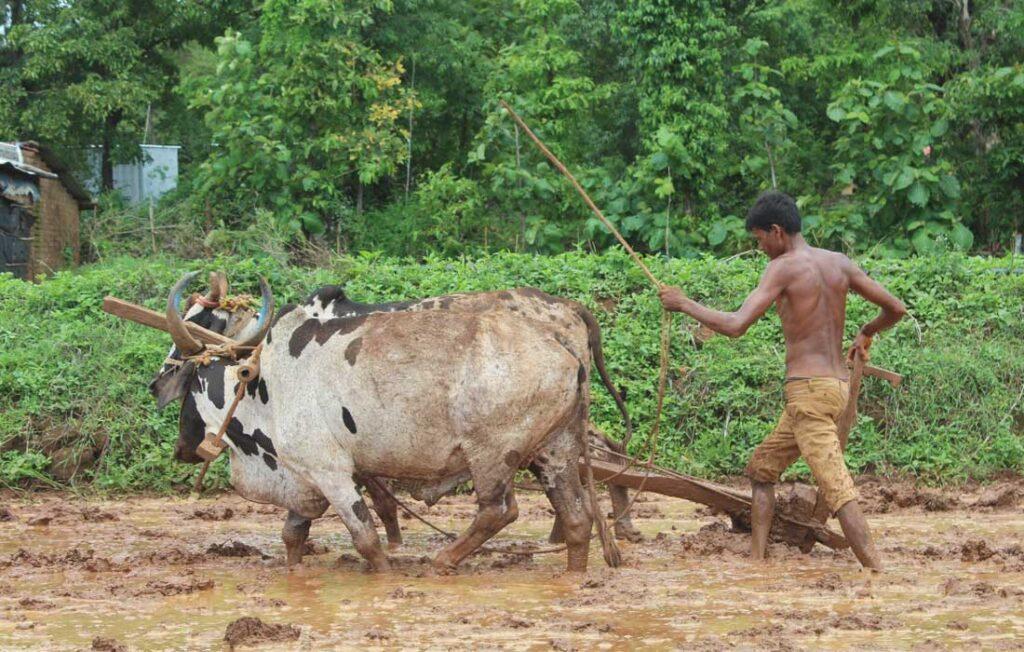
Farmers of Sabarkantha, Banaskantha, Aravalli, Mahisagar, Dahod, Panchmahal, Chhotaudepur and Narmada, Bharuch, Surat, Navsari, Tapi, Valsad and Dang districts are given the benefit under the scheme.
The Krushi Vaividhyakaran Scheme was introduced by Narendra Modi in the year 2012, when he was the Gujarat Chief Minister ahead of assembly polls that year. So far, 11.69 lakh farmers have been given scheme benefits, claimed the official.
It is now extended to small and marginal farmers in the state to make them Atmanirbhar, he said.
“Beneficiary tribal farmers have been registered on the online portal from this year. Tribal farmers no longer have to go to the office to apply and in this transparent system where they can know the details of their application from home, everything from registration to approval, have been done online. Under the scheme, more than Rs 30 crore worth of seeds and fertilizers will be distributed to tribal farmers of 14 districts during the upcoming Kharif or monsoon season,” he said.
Referring to the fact that Adivasi Dang district has become a fully natural farming district, the Chief Minister called upon the tribal farmers to adopt cow-based natural farming along with agricultural diversification.
This apart, the Chief Minister also gave an incentive grant of Rs 83.96 crore at a single click for the construction of 143 Ashram schools for the education facility of tribal children of the state. The Gujarat government has started such ashram schools to facilitate the education of tribal children living in forest and hilly areas.
In 661 ashram schools across the State under the Tribal Department, meals, accommodation facilities and education are given free of cost to more than 91,000 tribal children studying in Class 1-12.
Patel expressed the commitment of his government to bring the tribal children in the mainstream of development by increasing the scope of agriculture in the tribal areas as well as providing education facilities to the tribal children.
In the home State of Prime Minister Narendra Modi, out of the 182 assembly seats, 27 seats are reserved for STs and another 20 odd seats are highly influenced by tribal voters. The BJP has been ruling the State for the last six terms and its tally of ST seats has gone down over the years. It had bagged the highest 13 ST seats in 2007 but it came down to just 9 in 2017.







